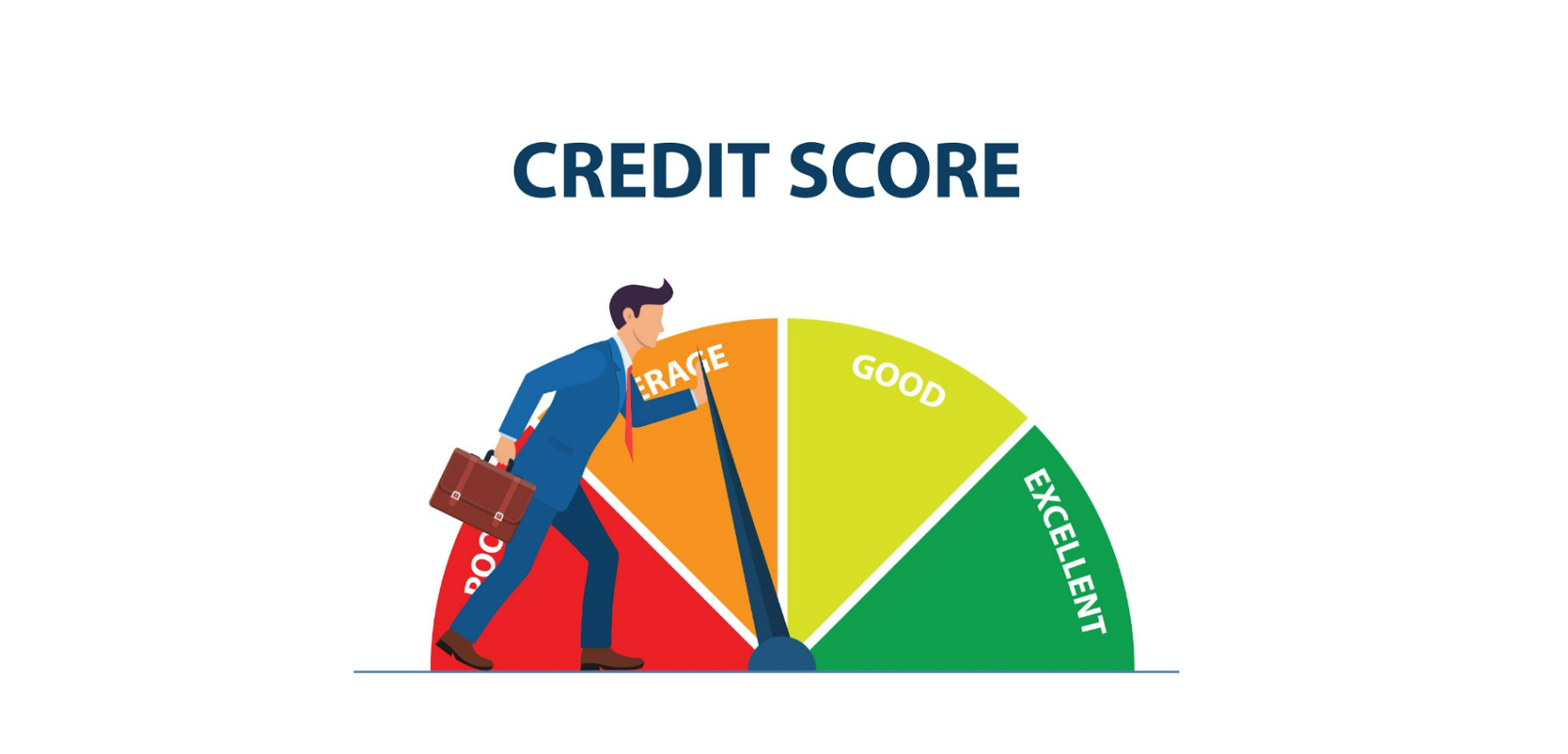Home Loan vs. Loan Against Property: Which Is Right for You?
When it comes to financing your dream home or meeting substantial financial needs, you have several options in front. Two common choices are a home loan and a loan against property (LAP). While both of these options use property as collateral, they serve different purposes and have distinct advantages and disadvantages. To make a correct deciion, it’s essential to understand the key differences and determine which option is right for you.
Loan: For Property Purchase
A home loan is primarily intended for the purchase or construction of a new residential property. Here are some key points to consider:
Purpose: Home loans are specifically designed for buying a house or apartment. They cover the cost of the property and related expenses, such as registration and stamp duty.
Loan Amount: The loan amount for a home loan typically ranges from 70% to 90% of the property’s market value. This means you need to make a down payment to cover the remaining cost.
Interest Rates: Interest rates for home loans can be fixed or variable. These rates are generally lower compared to other types of loans because the property itself serves as collateral.
Repayment Tenure: Home loans come with longer repayment tenures, often up to 30 years, allowing borrowers to make smaller monthly payments.
Tax Benefits: Home loans offer potential tax benefits on both the principal amount and the interest paid. These tax deductions can significantly reduce your overall tax liability.
Loan Against Property (LAP): For Financial Needs
A loan against property (LAP) is a type of secured loan where you pledge your property to access funds. Here are the key aspects to consider:
Purpose: LAP can be used for various financial needs, such as funding a child’s education, starting a business, or consolidating debts. The use of the loan is not limited to property-related expenses.
Loan Amount: LAP allows you to borrow a percentage of your property’s market value. The amount depends on the property’s value and the lender’s policies.
Interest Rates: Interest rates for LAP are generally slightly higher than those for home loans. However, they are still lower than personal loan interest rates.
Repayment Tenure: LAP offers shorter repayment tenures, usually up to 15 years. This means higher monthly payments but a quicker payoff.
Risk: While both home loans and LAP use your property as collateral, defaulting on a LAP puts your property at risk, just as with a home loan. Ensure you can meet the repayment terms to avoid losing your property.
Which Is Right for You?
Choosing between a home loan and a loan against property depends on your specific needs and financial situation. If you’re looking to buy a house or apartment, a home loan is the suitable choice. However, if you require funds for various financial purposes, LAP can provide a solution by leveraging your property’s value.
It’s crucial to consider factors like the loan amount, interest rates, repayment tenure, and tax benefits when making your decision. Consulting with a financial advisor or loan specialist can also help you determine which option aligns best with your goals.
Conclusion
The choice between a home loan and a loan against property depends on your objectives and financial position. Both have their merits, and by evaluating your unique needs and circumstances, you can make an informed decision that serves your best interests.









